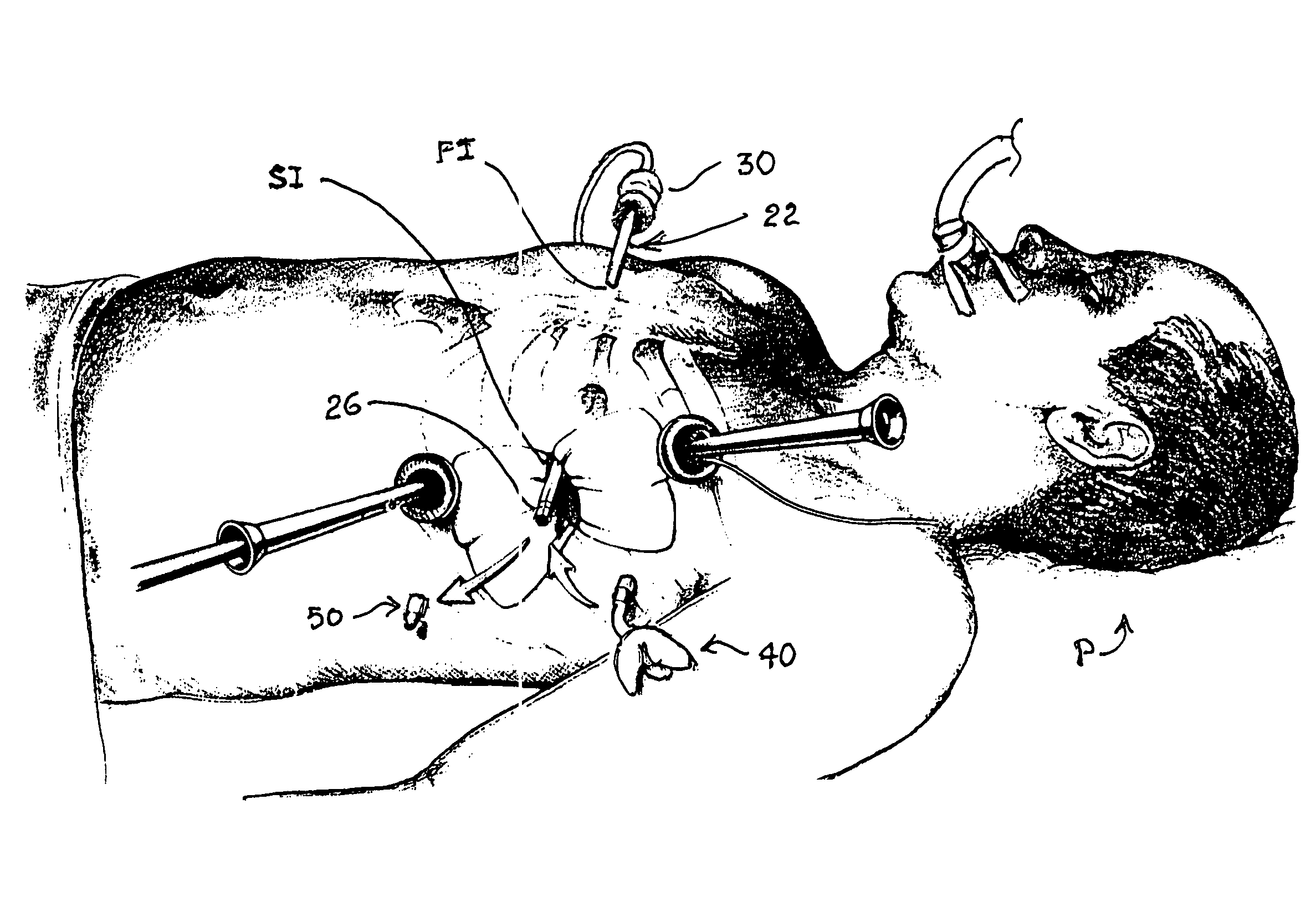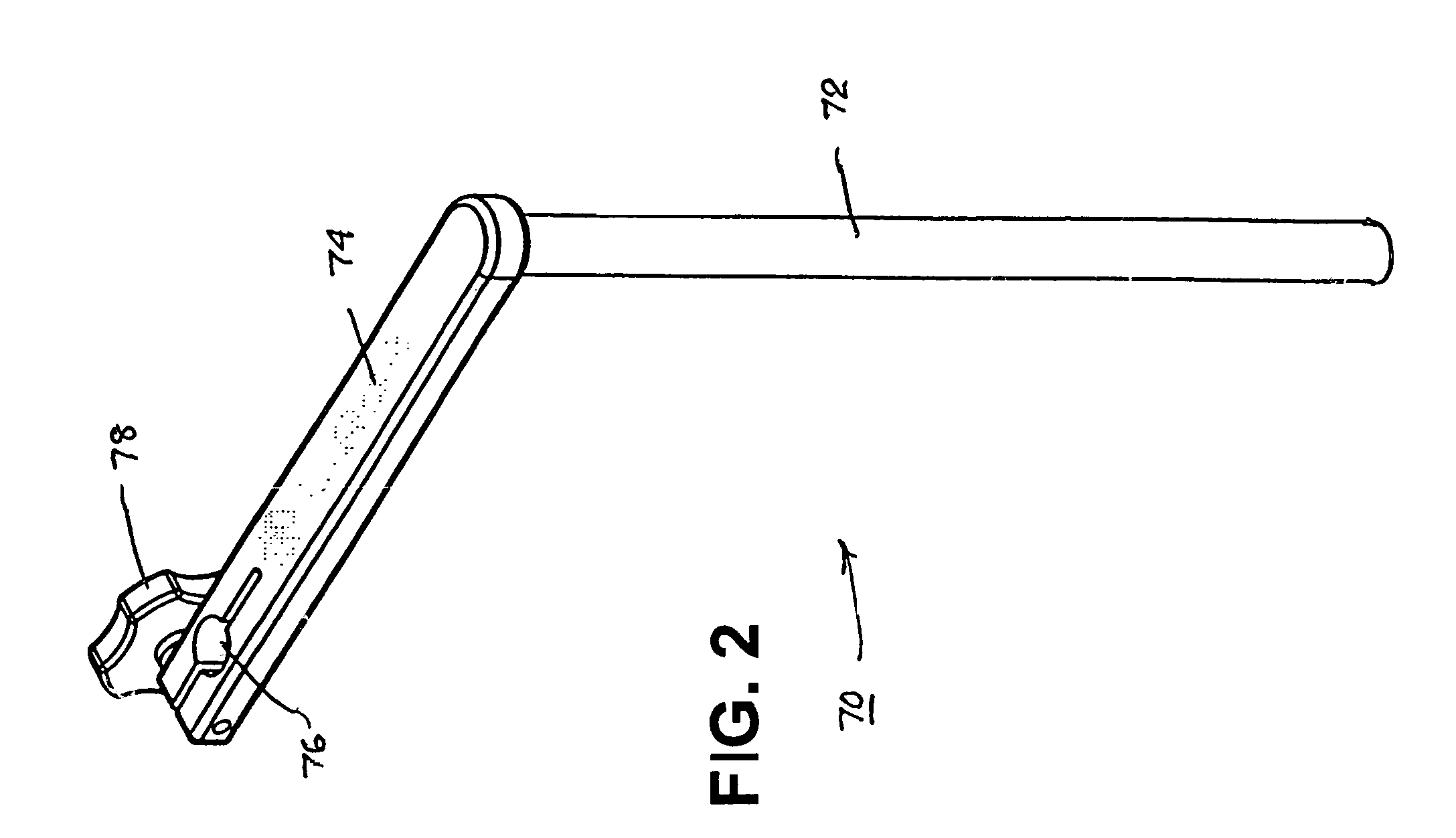Methods and apparatus providing suction-assisted tissue engagement through a minimally invasive incision
a technology of suction-assisted tissue and incision, which is applied in the field of suction-assisted tissue engagement devices, can solve the problems of insufficient blood flow to various areas of the heart, discomfort of angina, and the leading cause of morbidity and mortality in western societies
- Summary
- Abstract
- Description
- Claims
- Application Information
AI Technical Summary
Benefits of technology
Problems solved by technology
Method used
Image
Examples
Embodiment Construction
[0073]In the following detailed description, references are made to illustrative embodiments of methods and apparatus for carrying out the invention. It is understood that other embodiments can be utilized without departing from the scope of the invention. Preferred methods and apparatus are described for accessing the heart surface in the thoracic cavity and stabilizing or positioning the heart as an example of accessing an anatomic space or cavity containing body tissue to stabilize or position the tissue to perform a medical procedure.
[0074]The term “medical procedure” may mean any one or more medical or surgical procedures such as, for example cardiac surgery, performed with or without CPB, heart valve repair, heart valve replacement, MAZE procedures, transmyocardial revascularization (TMR), CABG procedures, anastomosis procedures, non-surgical procedures, endoscopic procedures, non-invasive procedures, invasive procedures, port-access procedures, fluoroscopic procedures, beatin...
PUM
 Login to View More
Login to View More Abstract
Description
Claims
Application Information
 Login to View More
Login to View More - R&D
- Intellectual Property
- Life Sciences
- Materials
- Tech Scout
- Unparalleled Data Quality
- Higher Quality Content
- 60% Fewer Hallucinations
Browse by: Latest US Patents, China's latest patents, Technical Efficacy Thesaurus, Application Domain, Technology Topic, Popular Technical Reports.
© 2025 PatSnap. All rights reserved.Legal|Privacy policy|Modern Slavery Act Transparency Statement|Sitemap|About US| Contact US: help@patsnap.com



